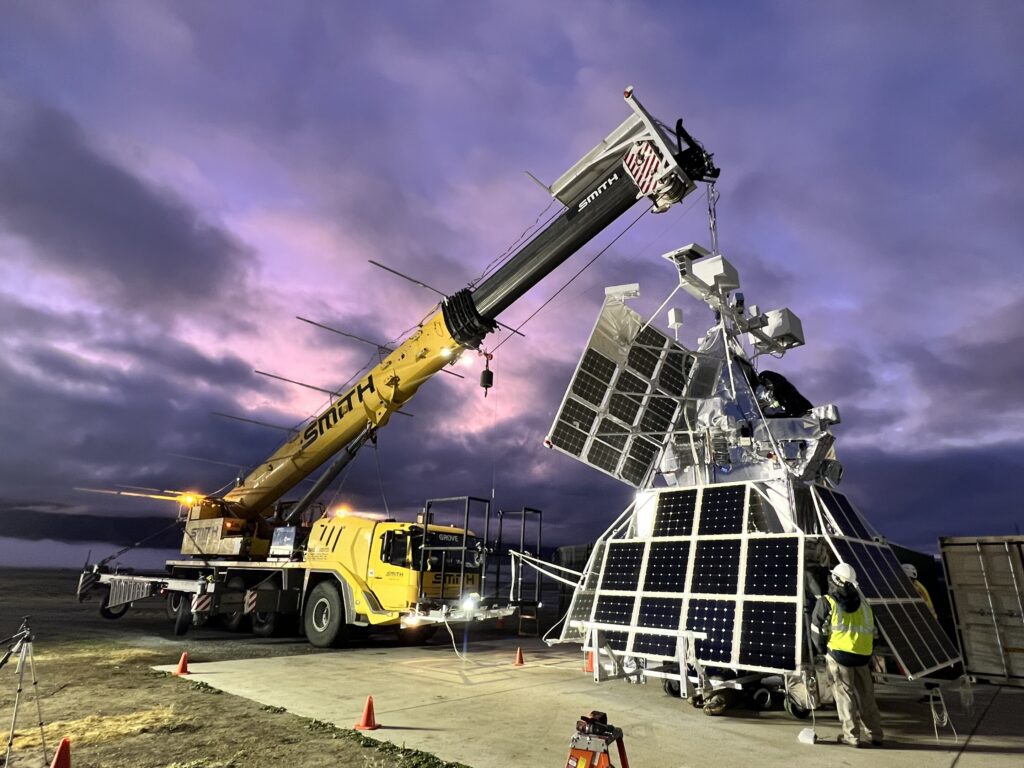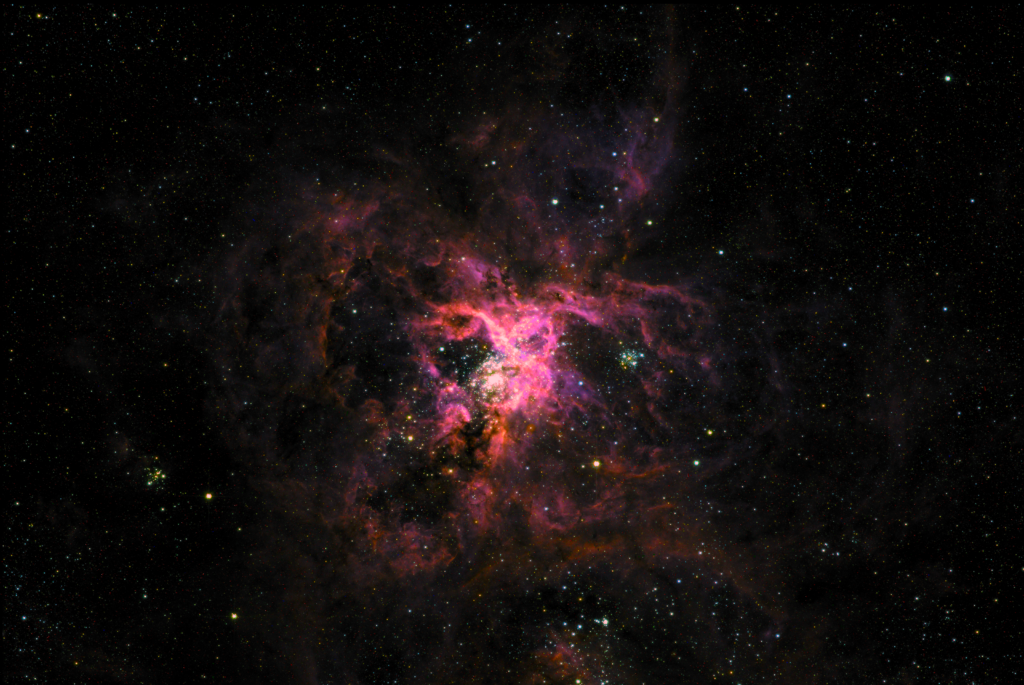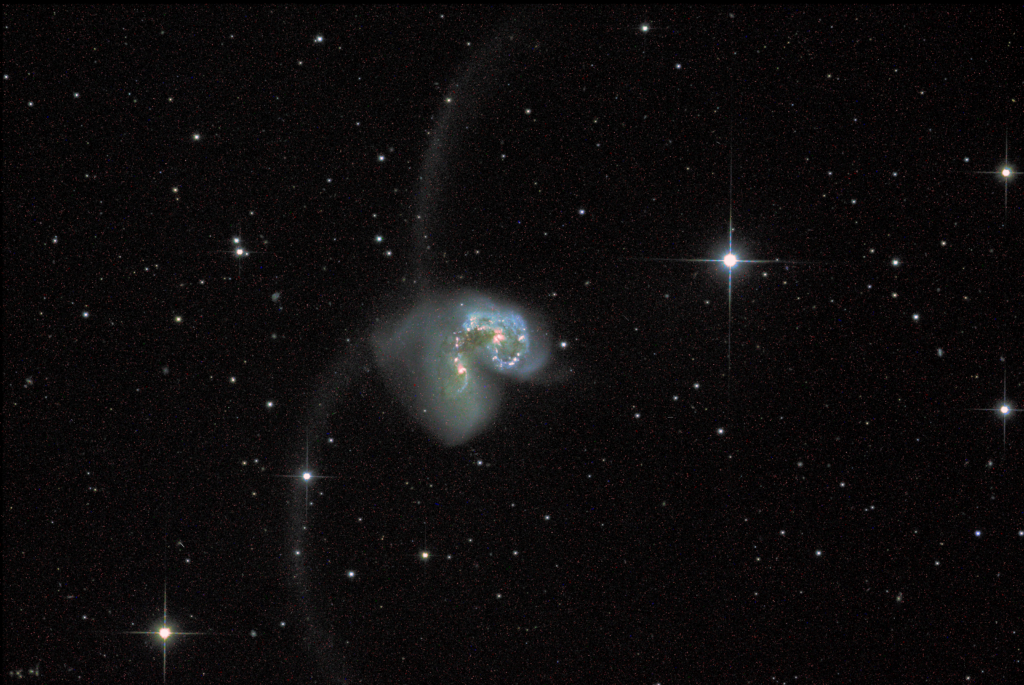NASA has published the first images taken by the SuperBIT telescope (Super Pressure Balloon Imaging Telescope). The peculiarity of this tool is that it is installed on a balloon.
NASA’s Balloon-borne Telescope
The development of the SuperBIT project began several years ago. The essence of the concept is as follows. The telescope is mounted on a helium balloon the size of a football stadium, which is then launched to a height of 33.5 kilometers. At this point, it will be located above most of the earth’s atmosphere, which will allow obtaining images comparable in quality to images from space observatories.

Another important feature of SuperBIT is its cheapness. The cost of construction and launch of the balloon-borne telescope is USD 5 million. This is almost a thousand times cheaper than the cost of a space observatory with similar scientific instruments.
First images of the SuperBIT telescope
As part of the SuperBIT project, NASA has built two balloon-borne telescopes. The first of them was launched on April 16, 2023 from New Zealand. Recently, the organization published its first images.

One of the telescope’s images shows the Tarantula nebula. This is a giant region of active star formation located in the Large Magellanic Cloud, a satellite galaxy of the Milky Way. In the second image, you can see the Antennae Galaxies — a pair of colliding galaxies 45 million light-years from Earth.

In the future, the main priority of SuperBIT will be filming galaxy clusters. By measuring how they deform the space around them, scientists will be able to map dark matter.
In total, the SuperBIT mission is designed for 100 days. During this time, it will fly around the Southern Hemisphere several times. SuperBIT will photograph the sky at night and use solar panels during the day to recharge the batteries. After the mission is completed, the telescope will return to Earth by parachute, which will make it possible to reuse it.
According to https://blogs.nasa.gov
Follow us on Twitter to get the most interesting space news in time
https://twitter.com/ust_magazine

